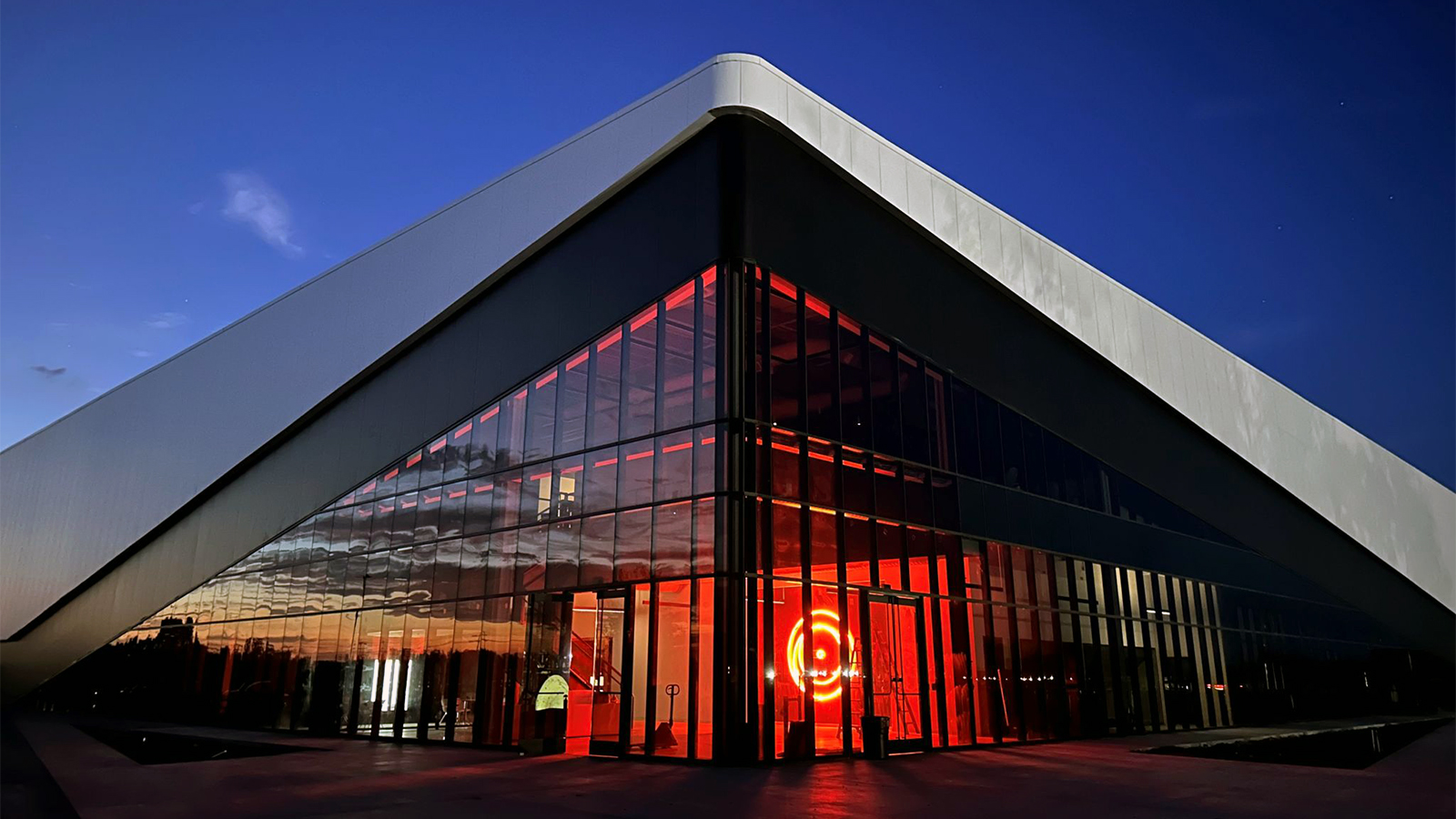SpaceX is expanding its production facility to include chip packaging. 700mm x 700mm substrate size purported to be the largest in the industry.

Although SpaceX does not produce its own chips yet, it’s reportedly expanding into fan-out panel-level packaging (FOPLP) and aiming to build a chip packaging facility in Texas. According to Digitimes, Musk’s company currently has most of its chips packaged by European company STMicroelectronics, but has also subcontracted Taiwanese firm Innolux for orders that the former cannot accommodate.
However, SpaceX is also pushing to build its chips in-house as part of the U.S.’s push for semiconductor independence. The company opened the largest printed circuit board (PCB) manufacturing site in the U.S. at Bastrop, Texas, last year, which is intended to supply Starlink’s demand. This is crucial as it can help Musk build a vertically integrated satellite manufacturing line, allowing him to reduce costs and be able to quickly make changes as needed. Chip packaging is the logical next step for SpaceX, especially as a few FOPLP processes are similar to PCB manufacturing, like copper plating, laser direct imaging, and semi-additive processes.
Aside from bringing chip manufacturing back onshore, vertical integration is also great for SpaceX’s long-term profitability. Its 7,600-strong satellite network is currently the largest one in orbit, and it has plans to launch over 32,000 more satellites for truly global coverage. More than that, the company also has several contracts to build satellites for the U.S. government. Given the crucial nature of these systems, the chips that they use must preferably be created within the United States. This will help ensure their physical security and prevent supply chain attacks that could compromise their operation during crucial moments.
Elon Musk isn’t alone in bringing chip packaging back to the U.S. TSMC is planning a $42 billion expansion in 2025 that includes one advanced packaging facility, while Intel has opened a $ 3.5 billion Foveros 3D chip packaging plant in New Mexico in early 2024. GlobalFoundries also announced a $575 million expansion of its New York fab to accommodate and packaging and photonics facility, and more recently announced a $16 billion U.S. expansion.
SpaceX’s entry with FOPLP will give manufacturers more American-made options, especially as this technique is more suitable for aerospace, communications, and space industries. Although they’re not as sexy as cutting-edge chip fabs, like the ones that TSMC operates, packaging plants are just as crucial in the semiconductor supply chain. That’s because they are the ones that turn semiconductors into usable chips, ready for installation on PCBs and other electronics that are practically found everywhere.

 www.tomshardware.com
www.tomshardware.com
Although SpaceX does not produce its own chips yet, it’s reportedly expanding into fan-out panel-level packaging (FOPLP) and aiming to build a chip packaging facility in Texas. According to Digitimes, Musk’s company currently has most of its chips packaged by European company STMicroelectronics, but has also subcontracted Taiwanese firm Innolux for orders that the former cannot accommodate.
However, SpaceX is also pushing to build its chips in-house as part of the U.S.’s push for semiconductor independence. The company opened the largest printed circuit board (PCB) manufacturing site in the U.S. at Bastrop, Texas, last year, which is intended to supply Starlink’s demand. This is crucial as it can help Musk build a vertically integrated satellite manufacturing line, allowing him to reduce costs and be able to quickly make changes as needed. Chip packaging is the logical next step for SpaceX, especially as a few FOPLP processes are similar to PCB manufacturing, like copper plating, laser direct imaging, and semi-additive processes.
Aside from bringing chip manufacturing back onshore, vertical integration is also great for SpaceX’s long-term profitability. Its 7,600-strong satellite network is currently the largest one in orbit, and it has plans to launch over 32,000 more satellites for truly global coverage. More than that, the company also has several contracts to build satellites for the U.S. government. Given the crucial nature of these systems, the chips that they use must preferably be created within the United States. This will help ensure their physical security and prevent supply chain attacks that could compromise their operation during crucial moments.
Elon Musk isn’t alone in bringing chip packaging back to the U.S. TSMC is planning a $42 billion expansion in 2025 that includes one advanced packaging facility, while Intel has opened a $ 3.5 billion Foveros 3D chip packaging plant in New Mexico in early 2024. GlobalFoundries also announced a $575 million expansion of its New York fab to accommodate and packaging and photonics facility, and more recently announced a $16 billion U.S. expansion.
SpaceX’s entry with FOPLP will give manufacturers more American-made options, especially as this technique is more suitable for aerospace, communications, and space industries. Although they’re not as sexy as cutting-edge chip fabs, like the ones that TSMC operates, packaging plants are just as crucial in the semiconductor supply chain. That’s because they are the ones that turn semiconductors into usable chips, ready for installation on PCBs and other electronics that are practically found everywhere.

Elon Musk's SpaceX to build its own advanced chip packaging factory in Texas – 700mm x 700mm substrate size purported to be the largest in the industry
SpaceX is expanding its production facility to include chip packaging
